Name Stephen Gill | Role Photographer | |
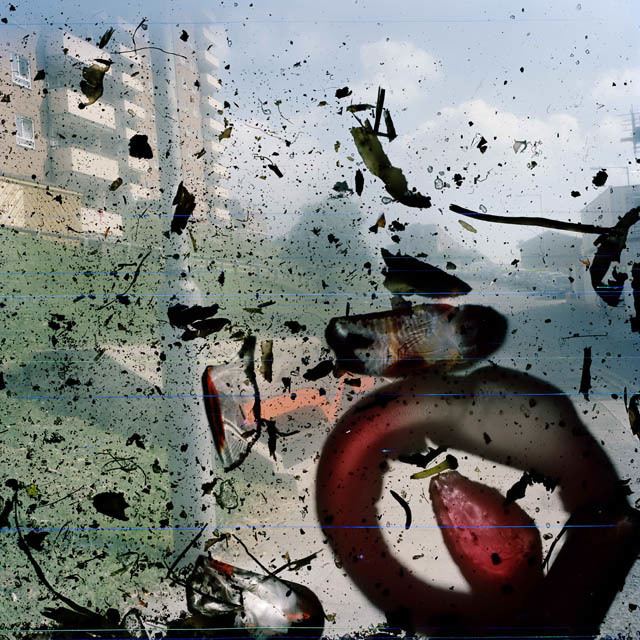 | ||
Education South Gloucestershire and Stroud College Books Hackney Flowers, Archaeology in reverse, Stephen Gill ‑ Best Before End, Hackney Kisses, Anonymous Origami | ||
Stephen gill mostly within the area photographic projects from in and around east london
Stephen Gill (born 1971, Bristol, UK), British experimental, conceptual and documentary photographer.
Contents
- Stephen gill mostly within the area photographic projects from in and around east london
- Stephen gill best before end
- Photographic Practice
- Collections
- Early life
- Selected Exhibitions
- Books
- Books Edited by Stephen Gill
- References
Stephen gill best before end
Photographic Practice
Stephen Gill is a British photographer, who mainly draws inspiration from his immediate surroundings of inner city life in East London and more recently Sweden with an attempt to make work that reflects, responds and describes the times we live in.
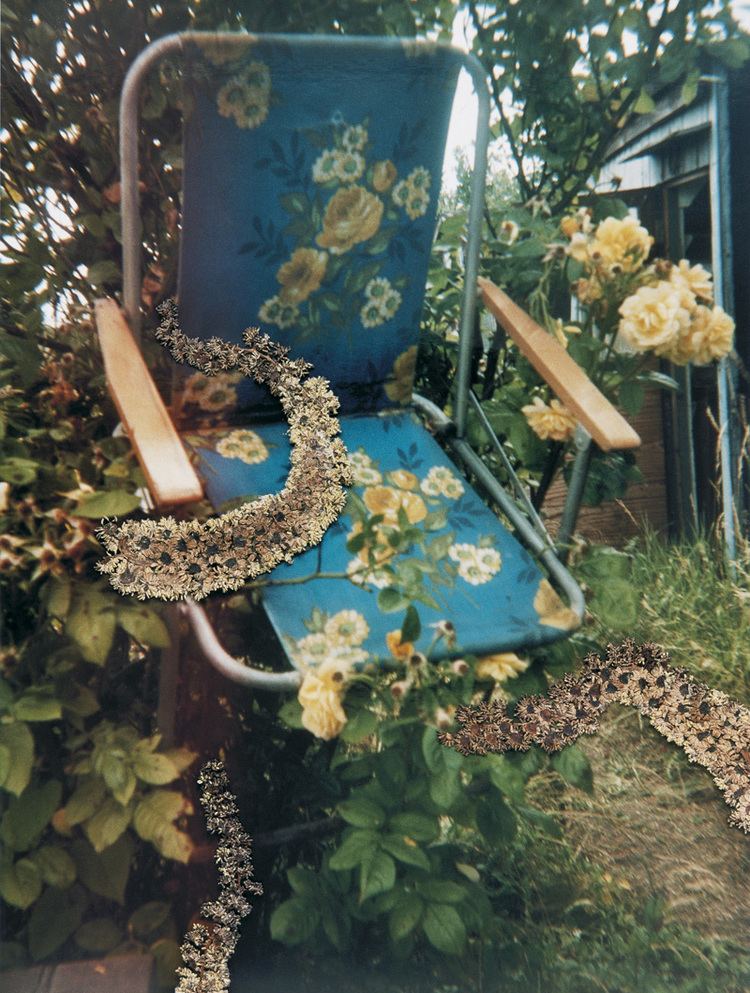
His work is often made up of long-term photo studies exploring and responding to the subjects in great depth.
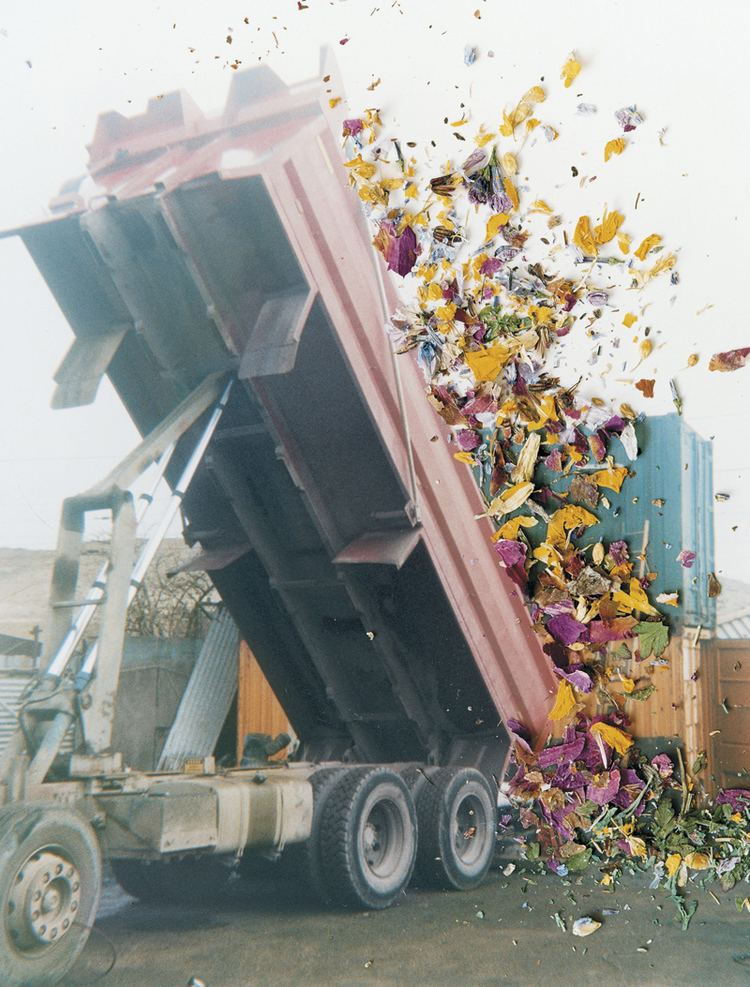
After working mainly in black and white from 1984, his practice since the mid 1990s was mostly in colour.
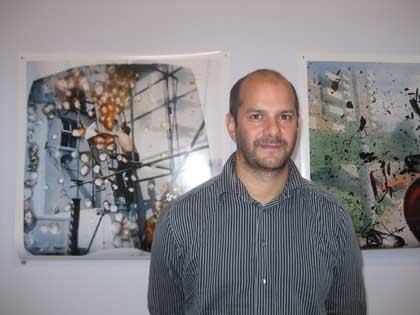
Until 2003 his work mostly had a descriptive and typographical approach towards the subjects. Eight of his photo studies made between 1997 and 2003 were assembled and published as chapters in a book called Field Studies in 2004, which also toured as an exhibition.
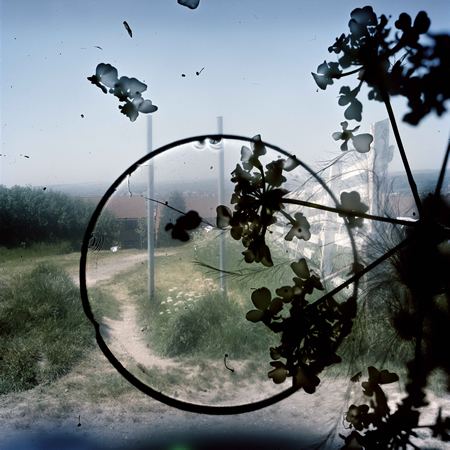
In January 2003 Gill bought a Bakelite 1960s box camera made by Coronet for 50 pence at Hackney Wick Sunday market, near where he lived. The camera had a plastic lens, and it lacked focus and exposure controls.
Over the next four years he had used the camera to photograph within the extremely varied environment of Hackney Wick, including waterways and allotments; and to make portraits of people at the Sunday market and who lived and worked in the area.
The subject parameters to this long-term obsession were geographical rather than conceptual.
The lack of image clarity that the plastic camera offered aligned very much with Stephen’s frame of mind at the time. As such images seemed to deny information, but somehow managed to retain a heightened sense of place and allow the images to breath without forcing a point.
It was later announced that the area Gill had been extensively photographing would be redeveloped for the 2012 Summer Olympics and 2012 Summer Paralympics.
Gill claims that this finished body of work was steered, informed and shaped by the place itself. And his approach to making the work was more reacting, responding and being carried by the subject rather than seeking out ideas that were already formed in the mind.
Gill described this period of working as walking away from photography or almost starting again, putting content first and technique second whilst aiming to also work with photography’s weaknesses rather than its descriptive strengths.
Having been attempting to take steps backwards and thus encouraging an element of chance to play a part in the image making, Gill hoped it allowed the subjects to unfold and not be suffocated by the technical parameters that the medium so often imposes.
Gill did not want to undermine photography’s strengths, however there was a new understanding that straight descriptive photography was not always able to grasp and convey all ideas.
In the 2005 series Buried, he made photographs in Hackney Wick and took the C-type prints back to the area and buried them in the ground. The prints were left up to seven to ten days with the hope that the place itself would leave its mark and the spirit of the place would be felt in the final work. He saw this as collaboration with place.
An obsession with this part of London lasted over ten years and led to many different series including – Hackney Wick, Archaeology in Reverse, Warming Down, Buried, Off Ground, A Series of Disappointments, Talking to Ants and Best Before End. Gill felt that such local concerns had international significance.
In his later work, Gill has grappled with series that try to extract from, as well as describe the subject matter. With Talking to Ants, he took small found objects and creatures and put them in the film chamber of a camera prior to loading the film. This resulted in "in-camera photograms", which attempting to "evoke the spirit of a place and where intentions meet chance".
Best Before End looks at the phenomenon of energy drink consumption. This time rather than describing the subject, Gill used the drinks as an aid to make the finished images as the negatives partly processed in energy drinks of different kinds. It allowed the drinks to shift and alter the images with a small amount of manual intervention.
Collections
Stephen Gill’s photographic work is held in various collections including:
The Victoria & Albert Museum, London
The National Portrait Gallery, London
The Tate, London
The Sprengel Museum, Hannover
The Museum of London, London
Archive of Modern Conflict, London
Early life
Stephen Gill became interested in photography in his early childhood, thanks to his father and Stephen’s growing interest in birds, insects and initial obsession with collecting bits of pond life to inspect under his microscope.
In 1982 Gill's father, a keen photographer, taught him to process film and print his own pictures in their attic darkroom.
In 1985, while still at school, he worked for a local, Bristol-based photography company, copying and restoring old photographs; and helping to make family portraits.
Between 1988 and 1991 after leaving school, he worked in an one-hour Photo Lab in Bedminster Bristol.
In 1992, he enrolled in the photography foundation course at Filton College in Bristol.
In 1994, Gill moved from Bristol to London where he worked at the Magnum Photos agency as a member of staff in the archive, assisting photographers and processing black and white films, first as an intern and then in 1995 full-time.
In 1997, he left Magnum to work full-time on his own projects.
He lived and worked in Hackney, East London, until 2014.
In March 2014, he set up a studio in South Sweden where he now lives with his family.
Selected Exhibitions
Stephen Gill’s photographic work has been exhibited in many international galleries, museums and festivals.
Exhibitions (incomplete):
• 2003: Hackney Wick, Photographers' Gallery, London.
• 2004: Field Studies, Rencontres d’Arles, Arles, France.
• 2004: Field Studies, Museum of Architecture, Moscow.
• 2005: Stephen Gill Photographs, Architectural Association School of Architecture, London.
• 2005: Invisible and Lost, PHotoEspaña, Real Jardín Botánico.
• 2006: Toronto Photography Festival, Canada.
• 2007: Anonymous Origami and Buried, Leighton House Museum, London.
• 2008: A Series of Disappointments, Gungallery, Stockholm.
• 2009: Hackney Flowers, G/P Gallery, Tokyo.
• 2010: Coming up for Air, G/P Gallery, Tokyo.
• 2011: Outside In, Gungallery, Stockholm.
• 2011: Outside In, G/P Gallery, Tokyo.
• 2012: Coexistence, CNA, Luxembourg.
• 2013: Best Before End, Foam Fotografiemuseum Amsterdam, Amsterdam. Exhibition of his London series made between 2000 and 2013.
• 2014: Talking to Ants, Shoot Gallery, Oslo.
• 2014: Best Before End, GP Gallery, Tokyo.
• 2015: Buried flowers coexist with disappointed ants, Christophe Guye Galerie, Zurich.
• 2015: London Chronicles, Pôle Image, Rouen.
• 2015: Talking to Ants, Dillon Gallery, New York.
• 2015: Myeyefellout, The Photographers' Gallery, London.
• 2016: Stephen Gill's fatigue laboratory, Christophe Guye Galerie, Zurich.
Books
Books are a key aspect to Gill's practice. He founded his own publishing imprint, Nobody Books, in 2005, "to exercise maximum control over the publication process of his books" and "to make the book a finished expression of the photographs, rather than just a shell to house them in". Most books were produced using offset printing, though he often experiments with a hands-on, tactile approach, including materials and techniques such as lino cut printing, letter press printing, mono prints, spray paint and rubber stamps. On occasion, entire books are manufactured and assembled in his studio[9] by himself and his assistant Richard, who also distribute the books. His books have received wide international acclaim. Critic Sean O'Hagan, writing in The Guardian in 2010, said "In Britain, Stephen Gill is perhaps the best-known contemporary self-published photographer". In 2011, PHotoEspaña awarded Stephen Gill’s imprint Nobody "Outstanding Publishing House of the Year" award.
